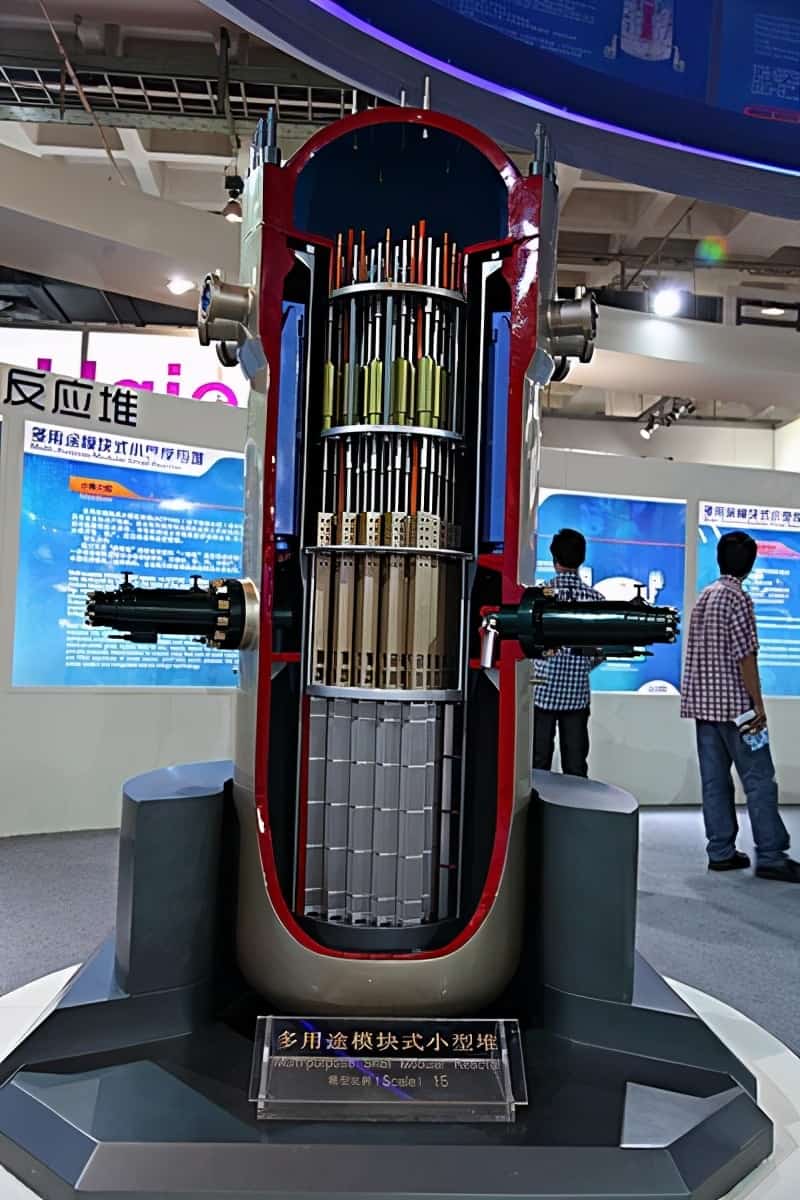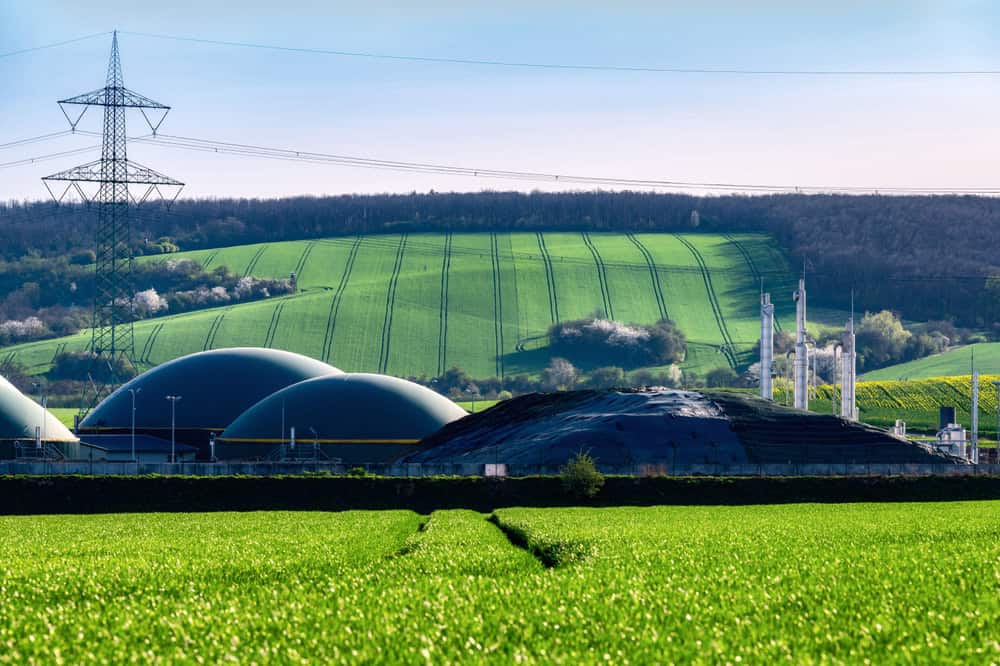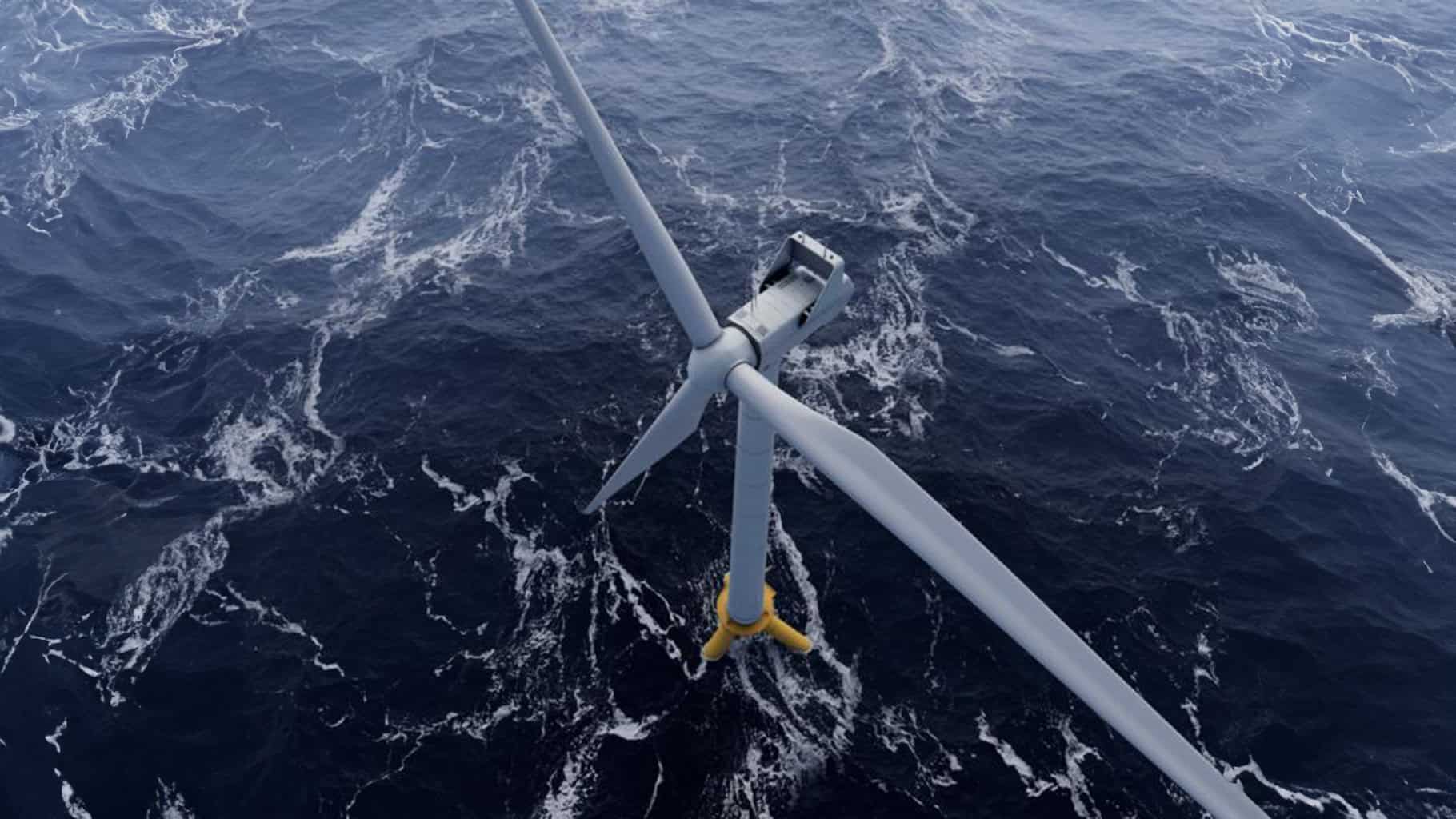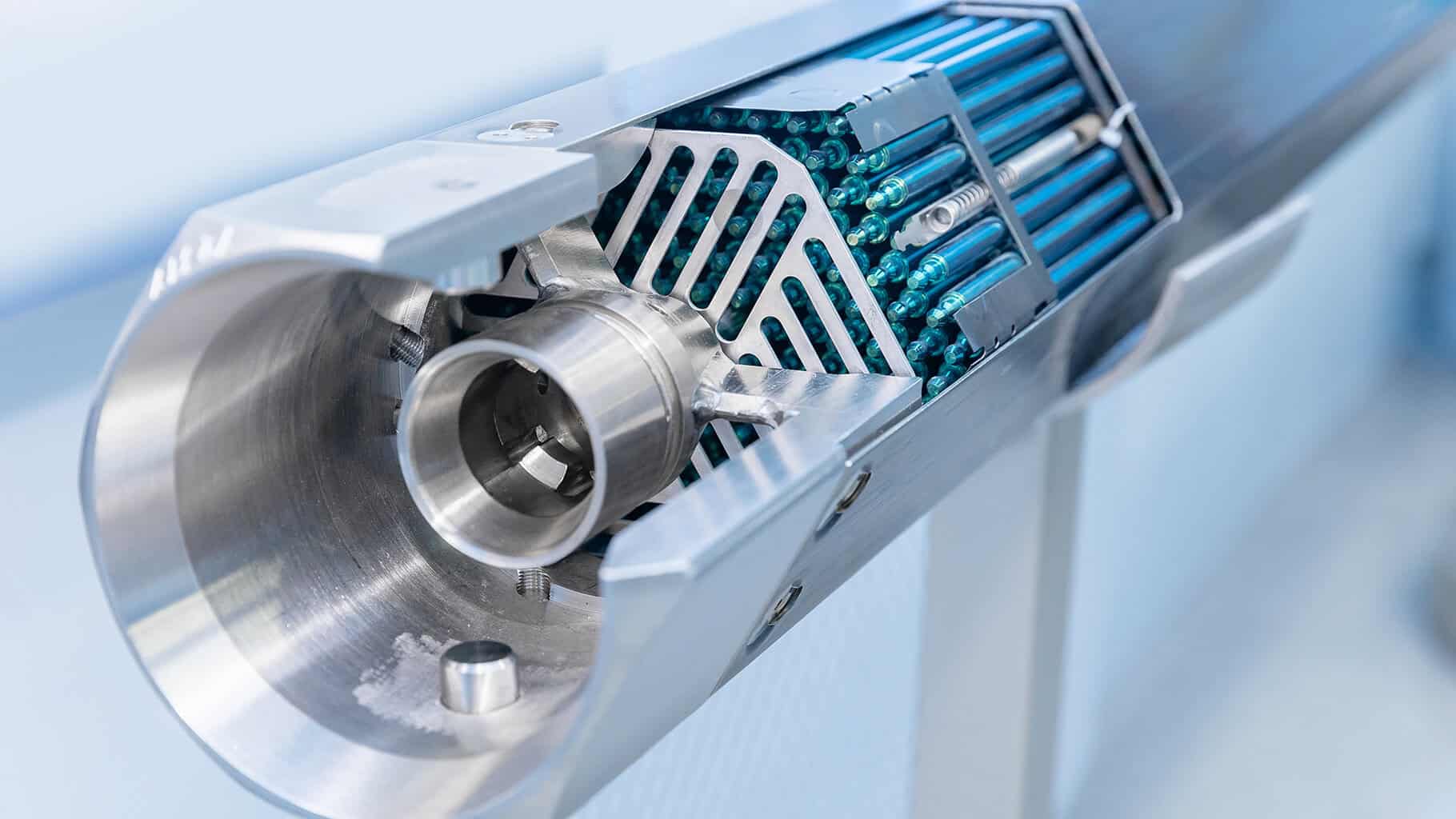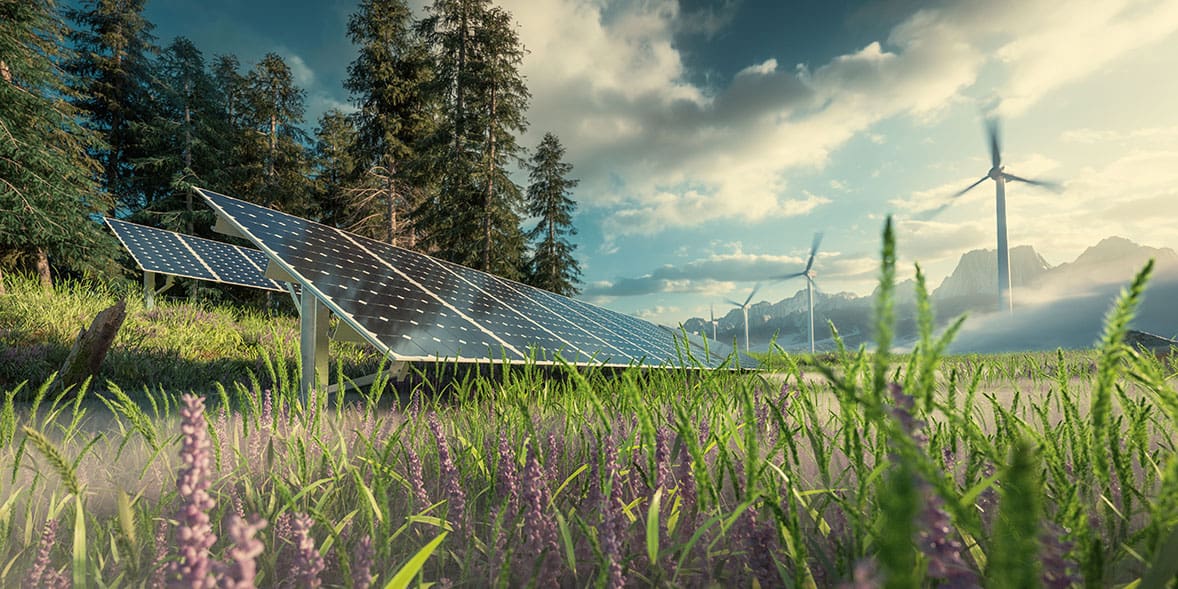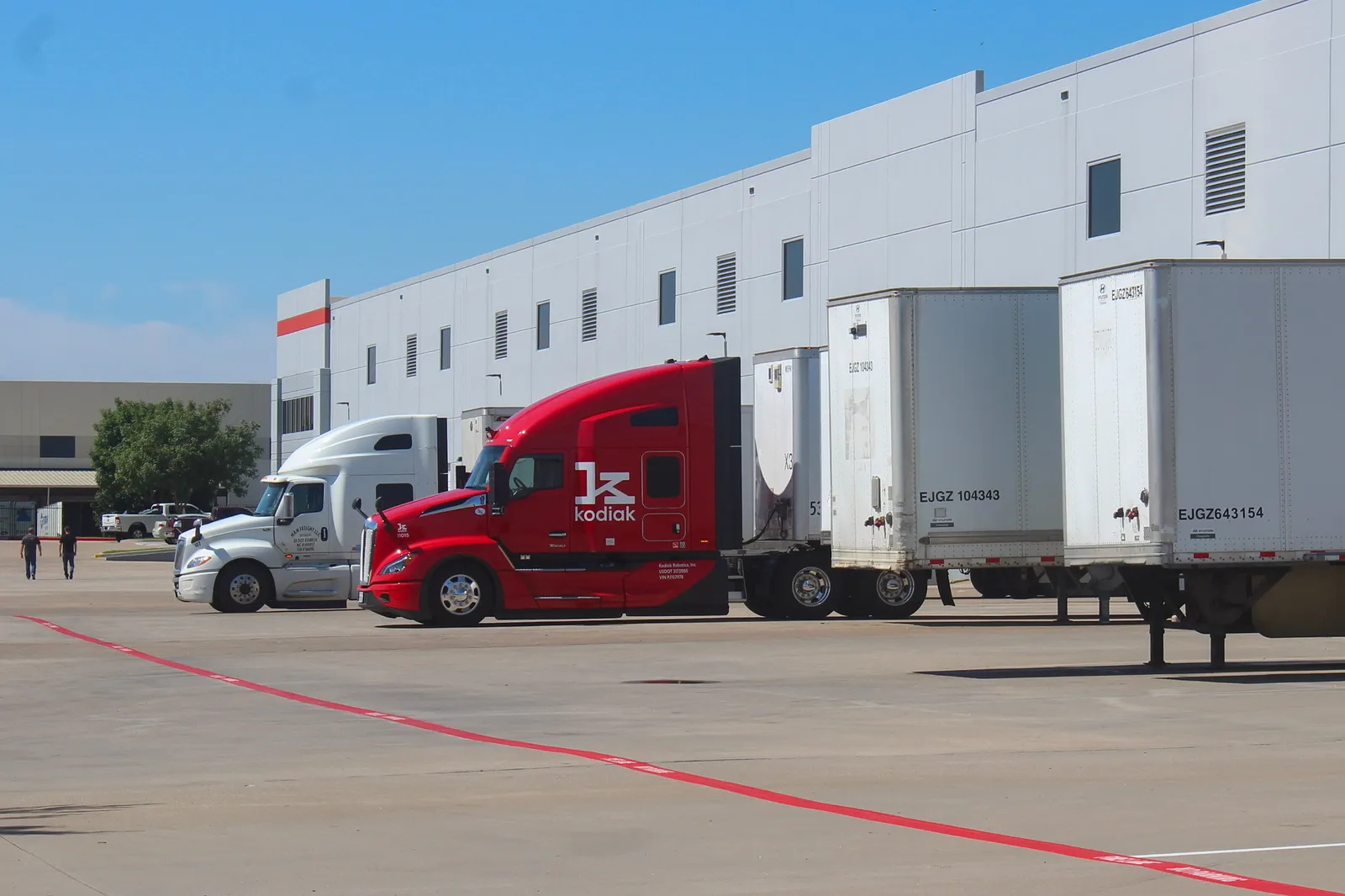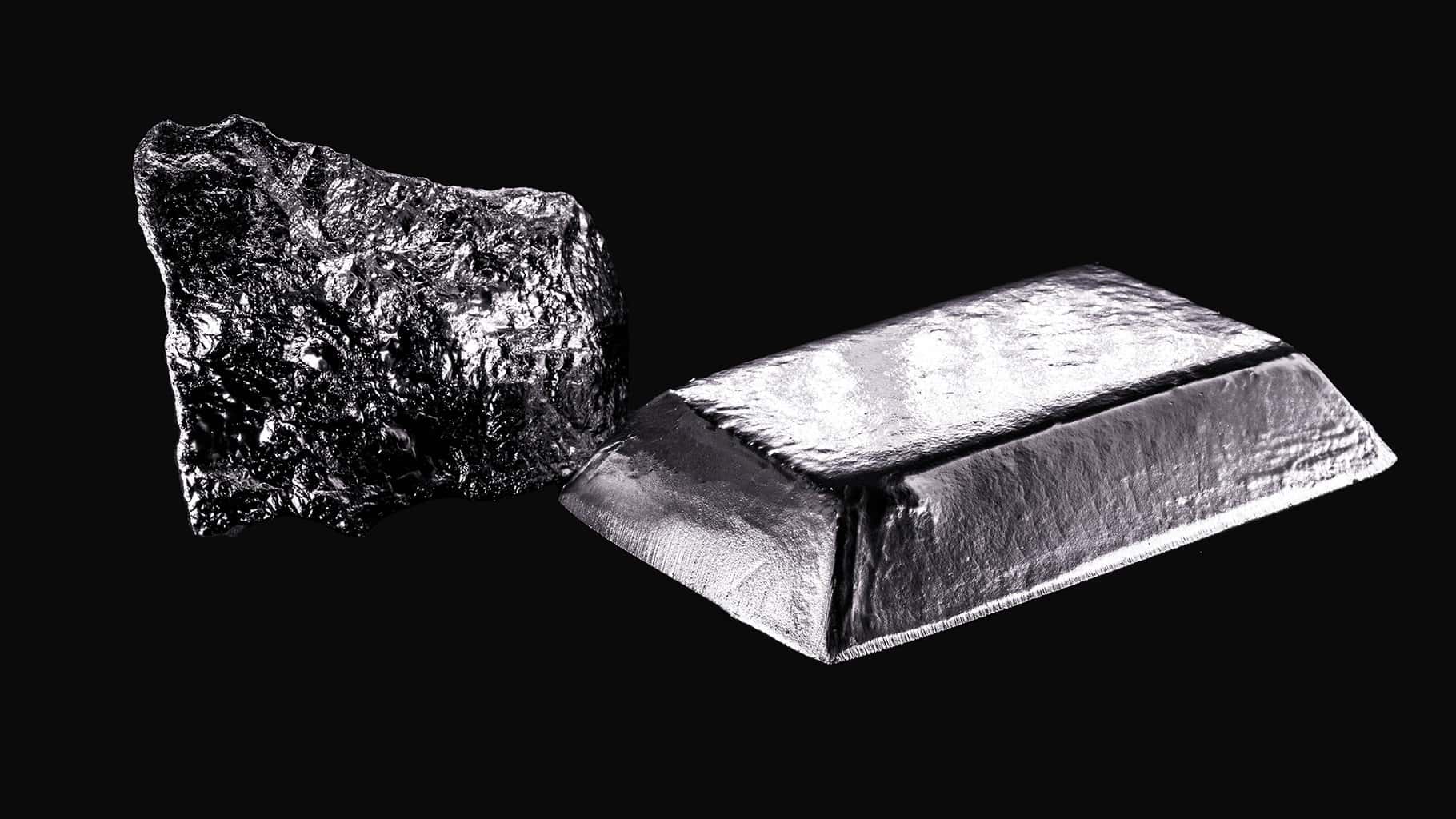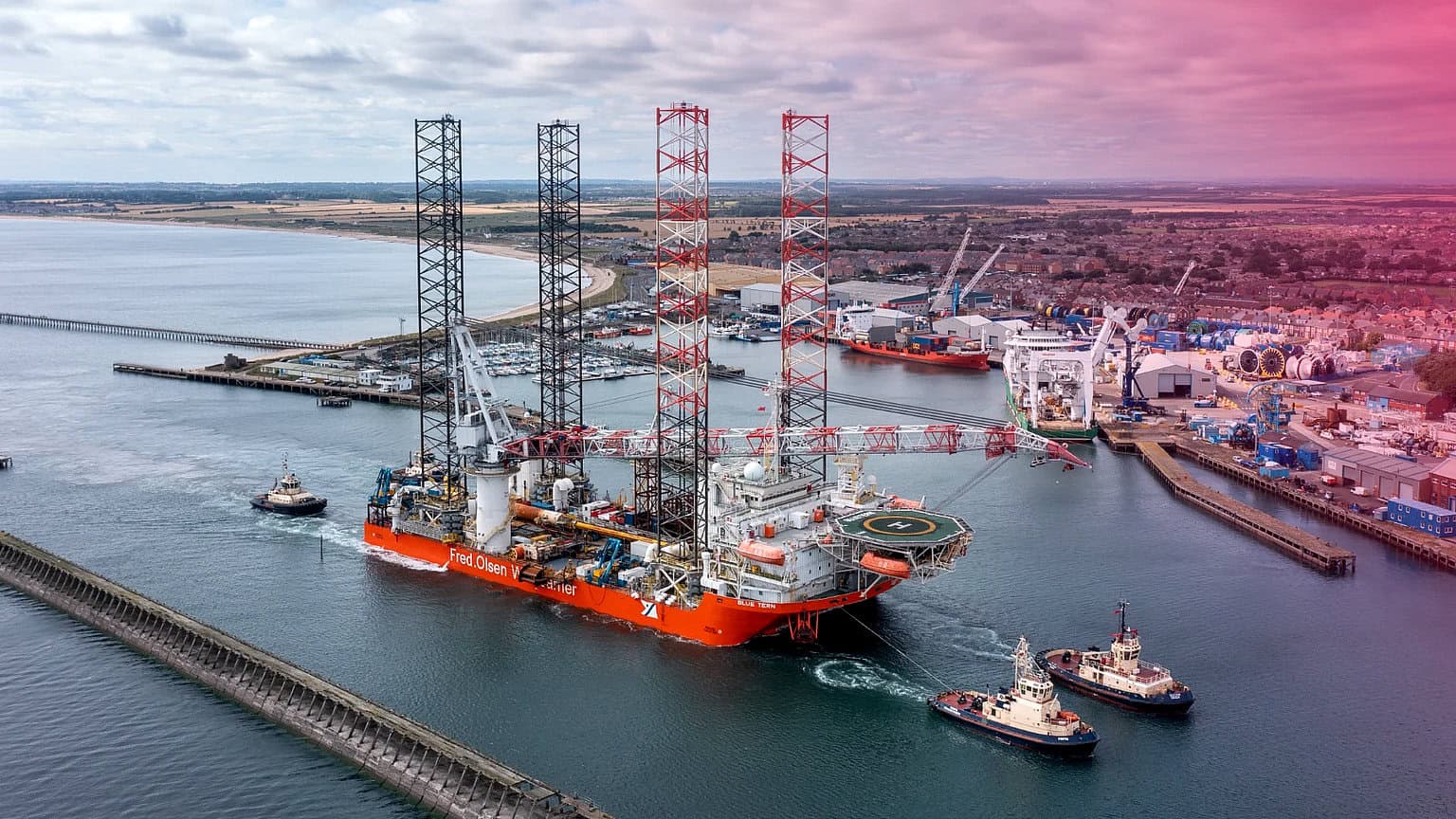Venture into the realm of Small Modular Reactors (SMRs), hailed as a promising avenue for sustainable energy production, yet still in nascent stages of deployment. Uncover the potential of repurposing existing coal plant sites to accommodate SMRs, offering operational advantages and circumventing the challenges of new infrastructure development. Navigate the intricate landscape of regulatory harmonization and industrial collaboration driving the advancement of SMR technologies, as exemplified by initiatives spearheaded by industry leaders like Rolls-Royce.
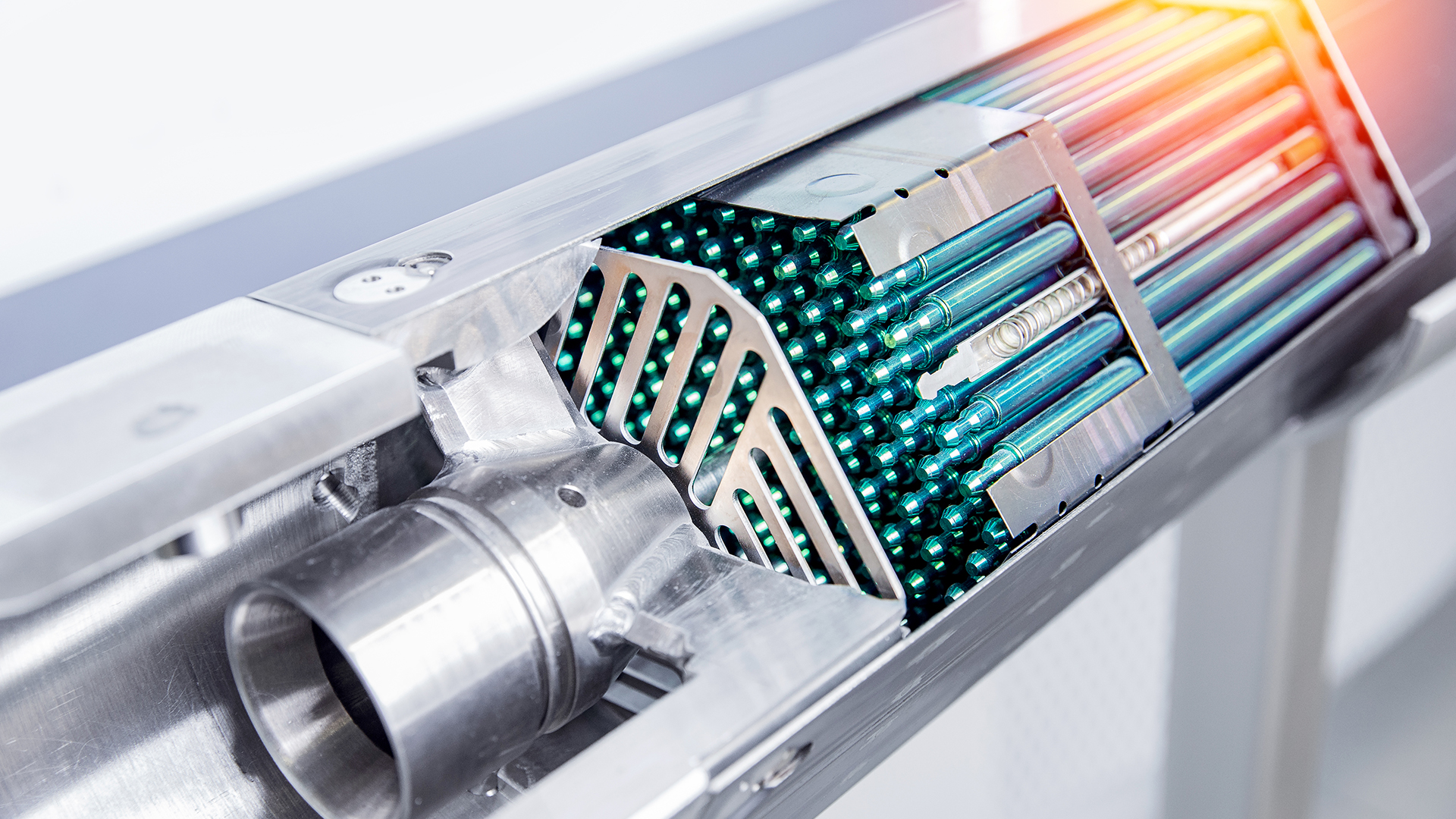
Navigating Global Energy Markets: Assessing Coal Resurgence and the Case for Small Modular Reactors
Volatility is acutely felt in global energy markets. This has been highlighted by recent international events over the past few years. The pandemic’s disruption and later quick financial recovery are the first, and the second is the long-term effects of the Russian invasion of Ukraine.
Energy prices are still impacted by the sanctions imposed on the nation’s vast natural gas reserves. In order to increase their nation’s total resilience, Western states have had to modify their supply lines. As a result, many coal plants that had been shut down in the past have been restarted for backup power needs.
While it was practical to restart these recently closed plants to meet peak demand during the colder months, it has rightly sparked discussion. Some have questioned whether other technologies are better suited to provide backup power in light of continued decarbonization efforts.
Small modular reactors (SMR) are becoming more and more well-liked as a potential source of long-lasting energy. However, compared to identity assets like coal power plants, the technology’s rollout is still in its infancy. Given this and the urgent need to improve energy security throughout Europe, it will be necessary to adopt SMRs at scale and phase out the provision of power based on fossil fuels.
Energy Transition: Evaluating Coal’s Decline, Renewables’ Rise, and the Role of Small Modular Reactors
It makes sense why some people believe that coal is reviving, but nevertheless trends indicate that this is untrue, and green energy initiatives are progressing.
Existing plants are proving more costly to supply and maintain than the “all-in” costs of fresh wind and solar projects, and coal’s share of local electricity generation in the US dropped to record lows for Q1.
These are obviously no indications of a coal-powered renaissance. However, since some nations continue to use coal to offset volatile power markets, caution must be taken when completely removing it from regional energy mixes.
Yet though more cost-effective energy storage solutions are being developed, intermittency problems still exist with sustainable energy solutions. As a result, it is acceptable to assume that coal will continue to be used in some countries’ power grids in the near future.
Attention must be paid to the infrastructure supporting coal because it serves as an cheap but essential means of managing short-term peaks. Its use as a backup depends on the ability of little modular reactors to adapt to changes in real-time demand, though this is not something for which they were originally intended. Rapid synchronization mismanagement could result in issues that go beyond limited grid capacity only.
Such problems are already evident in gas-fired combined cycle power plants (CCPPs ). Existing CCPPs are cycling more frequently due to intermittent concerns about phasing in more alternative energy sources, which provides varying power to fill gaps based on changes in grid demand. As facilities intended for continuous operations are forced to shut down and restart, with loads fluctuating between 50 % and 100 %, operational stresses are now becoming more and more obvious.
Issues like valve degradation and cracks in pressure boundaries are becoming more common during this kind of operation. This is particularly true in turbine bypass systems, interstage attemperators, and places where water is injected into the steam flow to regulate temperature.
However, when compared to parts that make up a larger portion of total plant expenditure, like the steam turbine, these areas are simply disregarded. However, if these smaller elements are not taken into account, they can seriously impair a plant’s capacity to function normally and react quickly when needed, which reduces the CCPPs usefulness as an emergency remedy.
Pioneering Energy Transition: Leveraging Small Modular Reactors and Maintenance Strategies for Sustainable Power Evolution
A well-thought-out maintenance plan has an impact beyond contingency; it is likewise essential to the succession plans of coal-fired power plants, particularly when it comes to small compact reactors.
According to the International Energy Agency, local customers can access vast power without experiencing the upheaval brought on by significant infrastructure changes by replacing outdated fossil plants with these reactors. This is made possible by an output that is comparable between 200Mwe and 400Mw, enabling SMRs to successfully “slot in” to outdated grid connections.
The appeal of this smaller, easier-to-implement technology is obvious in comparison to the high costs and timescales associated with large-scale radioactive facilities.
This repurposing process offers operational advantages in addition to convenience. In other words, there is no need to buy more land because problems with locating a sufficient water source, building road and rail connections, and getting local skilled labor have now been solved.
SMRs are still in the early stages of development, despite significant progress being made toward entirely commercializing the technology. In 18 countries, 70 provisional designs are now being discussed, and standards and best practices are also being established.
Hence, in order to demonstrate the practical benefits of SMR technologies and advance beyond the concept stage, it will be essential to work with suppliers who specialize in nuclear technology.
The adoption of little modular reactors has already begun. For instance, Rolls-Royce just obtained funding from the government to construct a fleet of 4 0MW reactors that will be operational by the early 2030s. Permanent Essential Engineering is helping with the design and application of critical components, despite the fact that this is also about ten years apart. Organizations with industry knowledge are hastening adoption.
Although the organization’s primary steam safety valves, emergency core cooling system strainers, and main steam isolation valve may be relatively minor components in terms of total plant design, they are crucial to ensuring that an SMR operates properly and effectively.
It should be noted that in this industry, lengthy regulation approval processes are a given. Standardized, thoroughly tested technologies will continue to be appealing also to companies that are on the cutting edge and looking to develop.
Similar to this, there will only be a greater need for well-known solutions if the power industry is to advance with its optimistic decarbonization plans. This is not to mention any potential reluctance on the part of some people toward the quick adoption of atomic power generation technologies. Implementing valves and parts that have already been proven to function will be crucial in these situations to allay quite real concerns.
Plans for the phaseout of fossil fuels and vital service knowledge are closely related. Utilizing already-existing infrastructure will be crucial to ensuring that coal plants are included in decarbonization efforts, particularly given that costs continue to be one of nuclear’s biggest barriers to adoption.
The development of SMRs as a means of switching from coal can also be interpreted in terms of the idea of making do with what we currently have. Adapting existing infrastructure may have a special appeal given that the nuclear industry has historically struggled with construction delays and skyrocketing costs on fresh buildings, in part due to overengineering.
Valve components cannot address our immediate and long-term energy issues when taken in isolation. However, they cannot be disregarded due to the crucial role they will play in the short, medium, and longer terms of the energy transition.
For more information, go to: https://www.imi-critical.com/industry/nuclear/.
References
- https://www.lemonde.fr/en/economy/article/2022/09/02/despite-climate-commitments-the-eu-is-going-back-to-coal_5995594_19.html
- https://www.theguardian.com/business/2023/mar/07/national-grid-power-plants-coldest-night-of-year-extra-electricity
- https://ieefa.org/resources/us-coal-generation-falls-record-first-quarter-low
- https://energyinnovation.org/publication/the-coal-cost-crossover-2021/
- https://www.iaea.org/newscenter/news/repurposing-fossil-fuel-power-plant-sites-with-smrs-to-ease-clean-energy-transition
- https://www.iaea.org/newscenter/news/accelerating-smr-deployment-new-iaea-initiative-on-regulatory-and-industrial-harmonization
- https://www.ft.com/content/b2cf6c9b-7a3e-4e95-b1bf-428ad8b1d7c3?sharetype=blocked
- https://thebulletin.org/2019/06/why-nuclear-power-plants-cost-so-much-and-what-can-be-done-about-it/
- https://www.raconteur.net/sponsored/realising-the-uks-nuclear-renaissance

